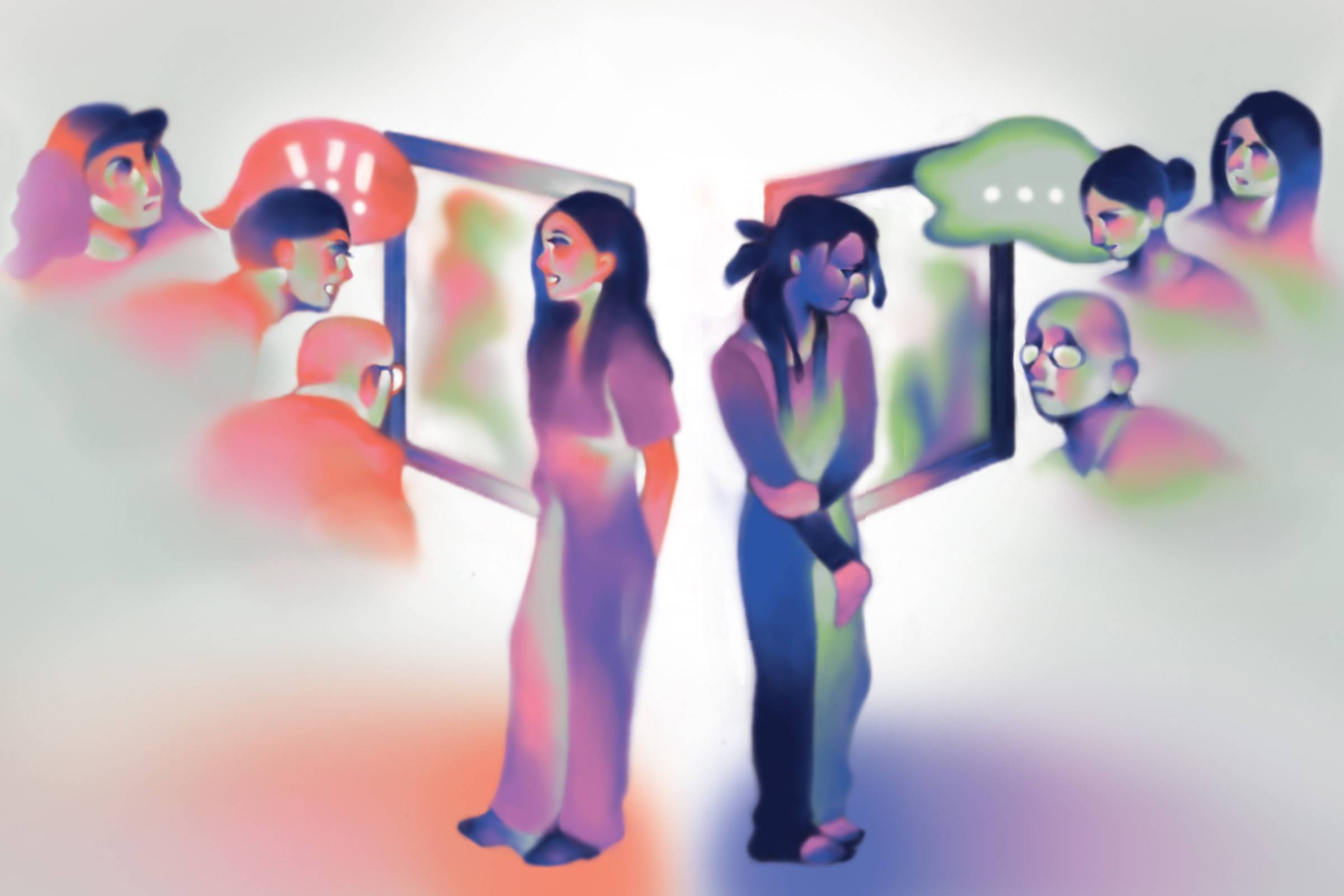As evident from numerous meetings of the Diversity Action Group (DAG) and the Faculty Senate Diversity Committee, SAIC students and educators alike have been seeking intensive school-wide attention to issues of social diversity. The Art Education faculty’s response to the organization “Black at SAIC’s” Letter to the Editor, in the March edition of F Newsmagazine, has continued this discussion of reexamining social difference and “diversity,” accurately illustrating that the school community needs to work toward creating “open dialogue and a renewed attention to curriculum and pedagogy at SAIC.” What is crucial about their statement is the idea that SAIC needs to address negotiations of social difference at a structural level, which could then facilitate dialogues among students and faculty. A sustained discussion on pedagogy and curriculum, though it may entail many different possible courses of action, is entirely necessary if the school wants to include a more holistic discussion of social difference.
The goal of many non-Western and global/comparative classes is to create dialogues so that complex issues surrounding concepts like culture can be grasped and further explored. Students need to be able to articulately address issues of social difference in daily life, discourse and practice. The importance of these courses is that they have the power to open eyes, and to help students realize that issues of social difference contained in non-Western classes truly do affect them and their larger environment. Considering the importance and possible effect that a course outside the Western tradition can have on a student, why is it that SAIC’s BFA in Studio curriculum does not require a non-Western or global/comparative credit?
The unpacking of contested, constructed and always-complex concepts like diversity, race, gender and culture often occur through participation in classes which fall under the academic category of “non-Western” or “global/comparative” (which can include Asia, Africa, Latin America, the Middle East, and Oceania). The problem is that many students, likely those who would need them the most, might not enroll in these classes, as they could believe that culturally and historically divergent issues do not apply to their practice or field of study.
The BFA in Studio program is the only undergraduate discipline at SAIC to not require a non-Western or global/comparative credit requirement. For BFA in Studio students, the only remotely non-Western or global/comparative class they need to take is “ARTHI 1001 World Cultures/Civilizations: Pre-History—19th Century Art and Architecture.” This class focuses on the pre-historic art of non-western civilizations and then moves into European 19th century art and architecture. Not requiring a global/comparative or non-Western credit makes it seem as if non-Western history, culture and art are secondary and nonessential in comparison to Western discourse, and that BFA students don’t need to explore it beyond pre-history. In excluding this requirement, the university reifies the idea that these courses don’t relate to BFA students’ fields. It denies the fact that social difference and learning about fields outside the Western canon intimately matter to being an artist in the 21st century.
This deficiency within the curriculum would come as less of a surprise if SAIC did not hold itself to be so specifically committed to giving students both a liberal arts and art education.
The school’s mission statement declares: “Foremost, SAIC is about students. We are dedicated to providing a complete liberal arts as well as the arts and design education that will serve our alumni throughout their multifaceted careers.” It is curious that many other well-respected liberal arts and art colleges are offering BFA degrees that integrate either a non-Western, global/comparative or “cultural diversity” class requirement into their curriculums. For example, the California College of the Arts requires both a “Diversity Studies Studio” class and a “Diversity Studies Seminar,” Davidson College requires a “Cultural Diversity” credit, and Bard College specifies that students must take a “Rethinking Difference” class and a course focused on a foreign language, culture, or literature. In comparison with other valid art and liberal arts institutions’ stances in making sure their BFA students gain exposure to non-Western “diversity” or global/comparative courses, shouldn’t SAIC’s lack of concern seem entirely misguided? The “Core Values” section of SAIC’s website ironically declares: “Through interdisciplinary practices … faculty and students conceive and accomplish exchanges in cultural study, production, and research with artists and scholars around the world. We are a community that challenges the notion that any field is ever beyond rediscovery.” It can be inferred then that the prolonged study and interpretation of non-Western histories, cultures and art is a field that is only “beyond rediscovery” for BFA in Studio students.
The objection can been made that adding further credit requirements might impinge on students’ freedoms, or scare away prospective students that would otherwise look for a more open-box approach to a BFA curriculum. An argument such as this would be fundamentally flawed in that many specifications have already been made on degree curricula, as long as they are viewed as important. For instance, it is required in every undergraduate degree program at SAIC that students to take classes in both English literature and natural science. For students that want to build careers in the arts, the benefits of these skills might not seem immediately accessible. It could be argued: why does someone need to learn about a natural science or English literature when it might not directly affect his or her career path? SAIC and many other institutions would most likely argue that these areas of study are viable as general skills, and as crucial for intellectual advancement in any type of liberal arts or art education. If taking a non-Western or global/comparative course is essential to any other discipline at SAIC, why isn’t it essential to being an artist? If the school doesn’t want to add more specific requirements, it should look to allocate at least one art history, liberal arts, humanity or social science requirement as non-Western or global/comparative. It could be suggested that a global/comparative, non-Western or “diversity” initiative be integrated into the freshman, sophomore or upcoming junior and senior year seminars, and this would be a positive step forward for the university.
There are many things the school could do to be more productive in discussing negotiations of culture, race, and gender, among other topics. Fixing the BFA studio requirements is not the end-all solution. One of the most important corollaries to having these discussions about cultural, racial, gender, and any other kind of difference is that students and faculty have to be brave enough to talk about them. Bringing up these types of discussions during critiques, or class debates may be challenging and often times uncomfortable, yet this is exactly as it should be. These issues continue to exist in the real world, and they are rarely easy or comforting. SAIC states that it is devoted to giving students tools to help them transition into the world as thinkers, artists and practitioners. Understanding social difference should be considered one of the most crucial skills in this equation. Requiring a global/comparative or non-Western credit for the BFA Studio program is essential, because it will allow students to take informed stances, realize that these issues do affect them and their practices and allow them to use these new understandings in both their classes and the world.





















